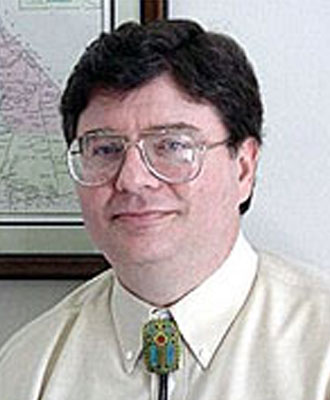Abstract
The Jurassic Louann salt has played a dominant role in influencing the structural and depositional history of the East Texas basin, particularly during Jurassic and Cretaceous periods. Salt tectonics is closely associated with sandstone distribution, depositional facies, and reef growth, and consequently, with petroleum traps in the basin. The stratigraphic column includes several significant regional petroleum reservoirs, including the Jurassic Cotton Valley Lime, and Cretaceous Pettet, James, and Rodessa limestones, and the Woodbine sandstone.
Salt withdrawal basins, developed during the Early Cretaceous in response to salt movement and dissolution processes, are characterized by the presence of an expanded section of Lower Cretaceous marine and deltaic sedimentary rocks. Recognition of ring faults associated with the evolution of these salt-withdrawal basins has gone undetected until recent Coherence CubeTM processing of a spec 3-D seismic survey acquired in 1997 following oil industry interest in exploring for Jurassic Cotton Valley Lime reef production in Henderson and Anderson Counties, Texas. The interpretation presented in this paper focuses attention on the northern part of the survey in the vicinity of the La Rue salt dome. Coherence Cube is a patented post-stack process that enhances the visualization of faults and stratigraphic features embedded in the seismic wavelet data. The resultant seismic class can be loaded side-by-side with the original migrated amplitude seismic data in a 3-D workstation and used for interpretation of faults, stratigraphic discontinuities, and other seismic events.
Discovery of Early Cretaceous-age ring faults brings new perspectives to development and exploration drilling in this mature petroleum province. The structural style of the high-angle ring faults creates a multitude of possible fault traps in a previously unattractive synclinal structural setting. The giant Fairway oil and gas field, which produces from the Early Cretaceous James Limestone, is located at the junction of two salt withdrawal basins that are densely populated with ring faults. The presence of Jurassic-type oil at Fairway indicates that ring faults are probably significant elements in evaluating petroleum migration patterns and traps in the basin. Future petroleum discoveries are expected to follow detailed mapping of ring faults in the East Texas Basin.
Biography
Steven J. Maione, senior geophysicist for Scott Pickford, A Core Laboratories Company, received degrees in Geological Engineering and Masters in Geology from the Colorado School of Mines. He joined Union Oil Company of California (now Unocal Corp.) as an exploration petroleum geologist in Casper, Wyoming. In 1974 he was recruited to join Unocal's Geothermal Division and participated in geothermal exploration projects in North America, Philippines, Indonesia and Japan. In 1992 he transferred to Unocal's Sugar Land, Texas, Worldwide Exploration Division office and joined teams assessing new venture opportunities in North America and eastern China. In 1997, Steve became an Associate of Valenti Engineering Services of Kingwood, Texas, where he specialized in 3-D seismic interpretation, participating in projects in eastern China and Venezuela. In 1998 he joined Coherence Technology Company (CTC) in Houston as Senior Geophysicist in the seismic interpretation services group. At CTC, and later with Scott Pickford, following acquisition of CTC by Core Laboratories Company, he has had an opportunity to interpret numerous 3-D surveys, including offshore Nigeria, eastern Saudi Arabia, Anadarko Basin, East Texas Basin, Texas Gulf Coast, Venezuela, and Mexico. He has specialized in integrating Coherence data into 3-D seismic survey interpretations. He has assisted numerous corporate exploration staffs in utilizing Coherence data in achieving cost-effective, accurate 3-D interpretations.
Steve is a member of the American Association of Petroleum Geologists, the Houston Geological and Geophysical Societies, the Society of Exploration Geophysicists, the Geological Society of America, Sigma Xi, and the Rocky Mountain Association of Geologists. Steve is a member of a small select group of exploration geologists who have participated in and contributed directly to success in three different fields of exploration: geothermal, minerals, and petroleum.





